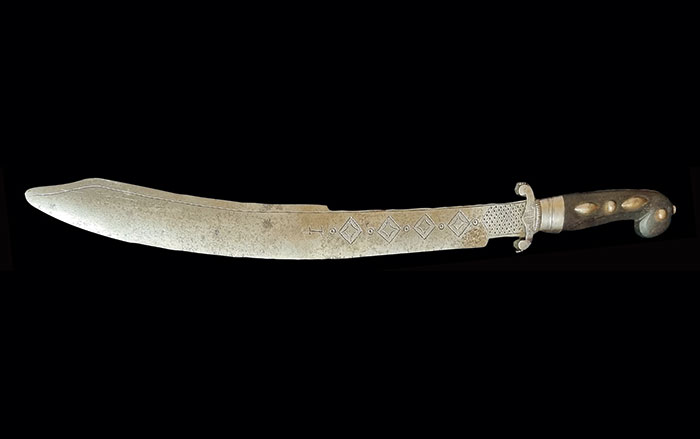
BRISTOL, ENGLAND—According to a statement released by the University of Bristol, chemical analysis of residues on fragments of 3,500-year-old pottery unearthed in West Africa offers clues to the plants cooked and consumed by the Central Nigerian Nok culture. Julie Dunne of the University of Bristol said that the seven distinctive lipid profiles detected on the vessels indicate that leafy plants, grasses, pulses, and tubers had been cooked. Those plants are thought to include greens or leaves from jute mallow, African eggplant, okra, cowpea, and bombax, which are still prepared in sauces and soups served with starch-based staples in West Africa today. To read about evidence for Nok honey collection, go to "Around the World: Nigeria."










